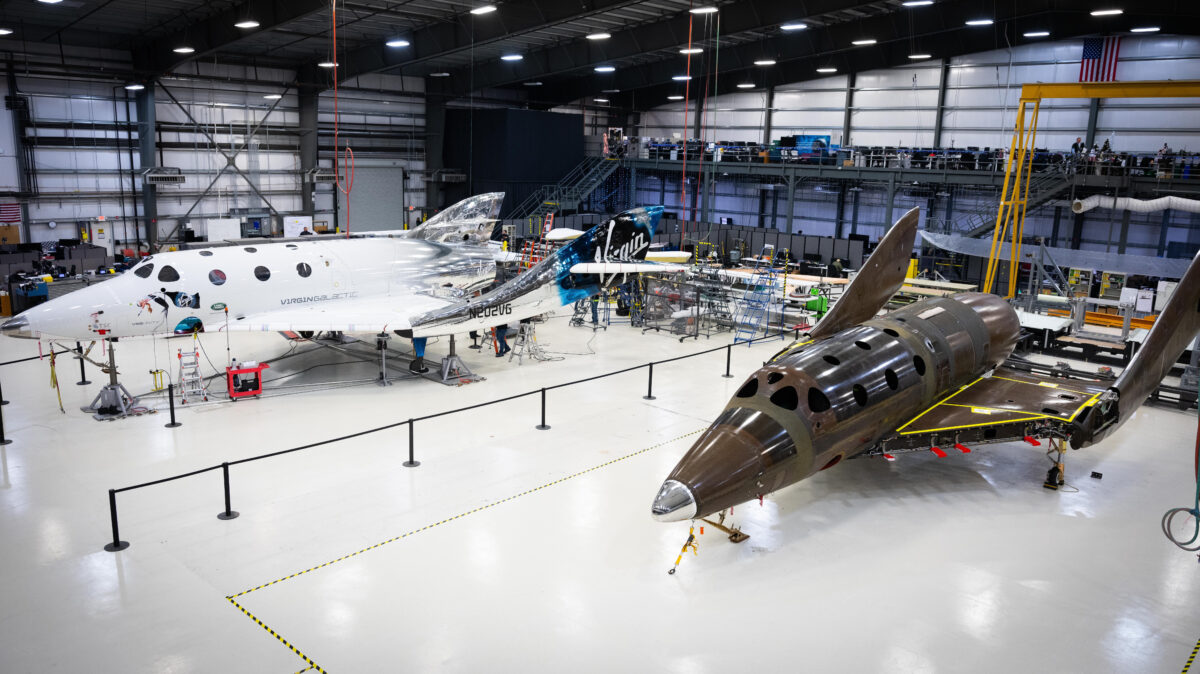On Friday, it was announced that Virgin Galactic’s existing operator license for space transportation had been updated by the FAA to include passengers. This move will allow the company to push forward with its space tourism ambitions. Let’s look at the progress it has made so far.
A first of its kind: government approval granted
Friday saw the Federal Aviation Administration (FAA) updated Virgin’s existing 2016 commercial space transportation operator license to allow the firm to fly customers to space. With this goal complete, Virgin Galactic is pressing ahead with test flights and collecting all relevant data for its future commercial endeavor.
Prior to the June 25th announcement, no other firm had attained this type of license to fly customers. The company says this step is further validation of its methodical testing program, “which has met the verification and validation criteria required by the FAA.”
First fully crewed test flight coming soon
Virgin Galactic’s leadership is obviously quite pleased with the FAA’s approval. With this nod from the government, the firm will continue with its plans for a fully crewed test flight in the coming weeks:
“We’re incredibly pleased with the results of our most recent test flight, which achieved our stated flight test objectives. The flight performed flawlessly, and the results demonstrate the safety and elegance of our flight system. [June 25th’s] approval by the FAA of our full commercial launch license, in conjunction with the success of our May 22 test flight, give us confidence as we proceed toward our first fully crewed test flight this summer.” -Michael Colglazier, Chief Executive Officer of Virgin Galactic
Results from the May 22 test flight
The May 22, 2021 test flight of the ‘Virgin Mother Ship’ – VMS Eve together with ‘Virgin Space Ship’ VSS Unity was the firm’s third crewed spaceflight and the first-ever spaceflight from Spaceport America, located in New Mexico.
The company says it achieved a flight speed of Mach 3 and reached space at an altitude of 55.5 miles. After an extensive review of the data collected during the flight, Virgin Galactic confirmed the following:
- The spaceship’s upgraded horizontal stabilizers and flight controls demonstrated strong performance, in line with predictions.
- The cabin environment data was in line with predictions.
- The flight successfully carried three revenue-generating research experiments that tested and demonstrated technologies in microgravity as part of NASA’s Flight Opportunities Program.
With the data analysis from the May flight now complete, Virgin Galactic will continue preparing for the remaining three test flights. Space.com notes that one of the three test missions will carry Richard Branson, founder of the Virgin Group (and earth-based airline Virgin Atlantic).
For the price of an estimated $250,000, customers will experience weightlessness for a few minutes whilst getting a great view of the curvature of the Earth against the blackness of space.
Do you think this kind of ‘space tourism’ will be available to the average person at some point in the future? Or will it always remain exclusively within the realm of the ultra-wealthy? Let us know what you think by leaving a comment.

